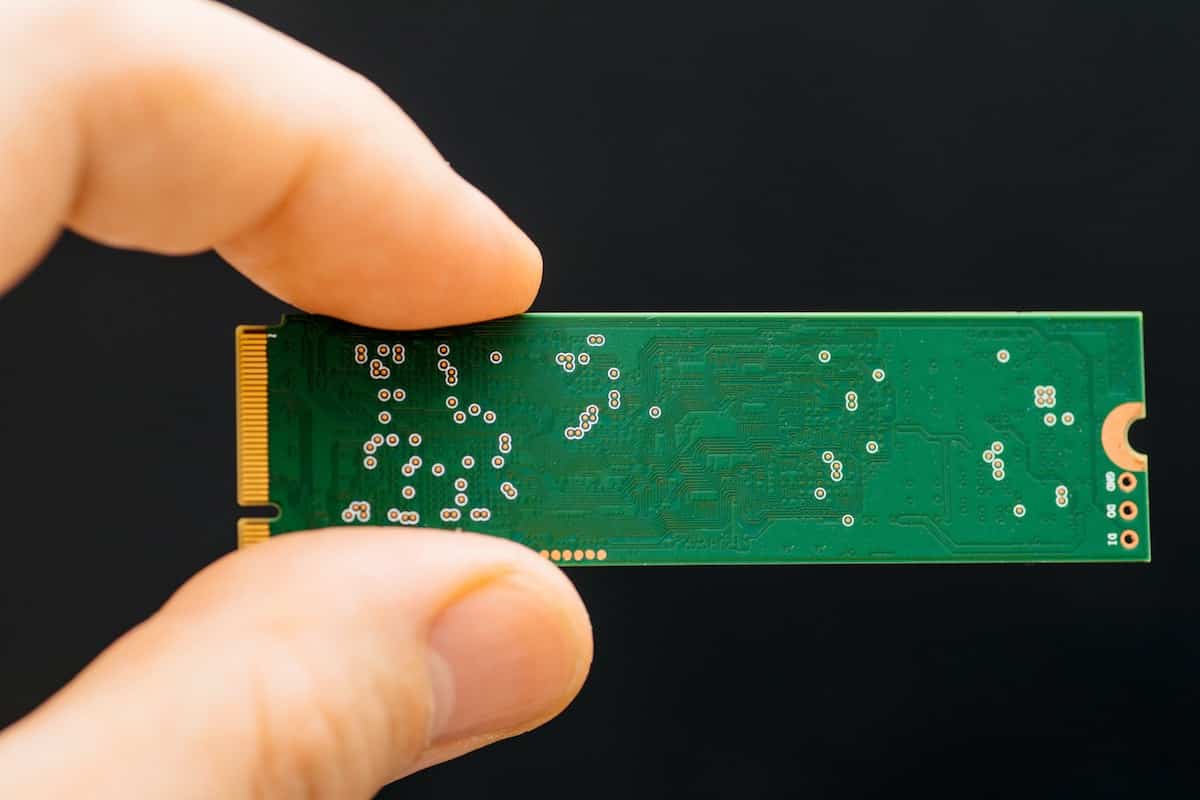The latest update to the NVMe protocol enhances energy management, failure recovery, and cryptographic security in storage devices.
The NVMe 2.3 specification has been officially updated with a set of ten new features aimed at improving security, energy efficiency, and data control in enterprise environments and data centers. The announcement was made by NVM Express Inc., the nonprofit consortium that defines and manages the standard.
While the new version does not involve a major version change, it introduces significant Engineering Change Notices (ECNs) and key updates across its various base specifications, transport protocols, and command sets.
What is NVMe and why is it important?
NVMe (Non-Volatile Memory Express) is the standard protocol that allows operating system software to communicate with SSD storage units via interfaces such as PCI Express, RDMA, and TCP. Its speed and efficiency have made it the benchmark for performance in PCs, servers, embedded devices, and data centers.
The ten new key features of NVMe 2.3
Below are the most notable improvements introduced in this update:
| Innovation | Description |
|---|---|
| 1. Rapid failure path recovery | Sets up alternative communication channels with the NVM subsystem to prevent data loss or command duplication in case of an error. |
| 2. Power limit configuration | Allows defining the maximum power consumption of the device, ideal for environments with energy restrictions. |
| 3. Disk energy consumption reporting | Offers accumulated energy usage metrics throughout the SSD’s lifespan, useful for maintenance and efficiency. |
| 4. Secure namespace erasure | Facilitates cryptographic cleanup of individual namespaces without affecting the rest of the subsystem. |
| 5. Configurable device personality | Enables safe modification of subsystem settings to suit specific needs. |
| 6. Support for new command sets | Includes updates in NVM 1.2, ZNS 1.4, Key Value 1.3, local memory 1.2, and computational programs 1.2. |
| 7. PCIe 1.3 transport | Improves interoperability and communication capabilities over PCIe. |
| 8. RDMA 1.2 transport | Optimizes latency and efficiency for remote communications. |
| 9. TCP 1.2 transport | Introduces improvements for data transfer over standard IP-based networks. |
| 10. NVMe-MI 2.1 and boot specification 1.3 | Enhances subsystem management and boot capabilities from NVMe devices. |
Applications in data centers and enterprise environments
These improvements are especially targeted at mission-critical settings, where visibility, security, and storage management are essential. According to Amber Huffman, president of NVM Express, the goal is “providing administrators with greater visibility and control over their storage for critical enterprise and data center applications.”
It is expected that these updates will be quickly rolled out via firmware updates and management tools from leading SSD manufacturers.
Frequently Asked Questions (FAQ) about NVMe 2.3
What differentiates NVMe 2.3 from earlier versions like 2.1 or 2.2?
NVMe 2.3 doesn’t introduce a radical technical break but adds substantial enhancements in security, energy efficiency, and advanced management, designed to reinforce system reliability.
Do I need to change my hardware to use NVMe 2.3?
Not necessarily. Many NVMe devices can be upgraded via firmware. However, some advanced features might require support at the controller level or new hardware.
Why is secure namespace erasure important?
It allows safe data deletion without affecting other partitions or namespaces, which is critical for privacy and security compliance.
What is meant by ‘configurable device personality’?
It allows an SSD to adapt its behavior (performance, power consumption, supported commands) to different usage profiles, facilitating reuse or adaptation for various clients.
When will commercial SSDs with full NVMe 2.3 support be available?
Some enterprise units are already starting to incorporate these capabilities. Widespread adoption is expected throughout 2025 and 2026, mainly in professional sectors.
Which manufacturers are involved in the NVMe specification?
The consortium includes major companies like Intel, Samsung, Western Digital, Micron, Seagate, Microsoft, Meta, Dell, HPE, Broadcom, among others.
Is NVMe exclusive to M.2 format drives?
No. NVMe is a protocol that can be implemented across many form factors: M.2, U.2, EDSFF, Add-In Cards (AIC), and even in modular servers.
Does NVMe also apply to operating system booting?
Yes. The NVMe boot specification 1.3 allows modern operating systems to boot directly from NVMe SSDs at high speed.
The progression of NVMe toward version 2.3 marks an important step in the maturity of this technology, not only in terms of speed but also in security, control, and sustainability. As data-intensive workloads grow, manufacturers and system administrators must prepare to implement these capabilities to maximize modern storage solutions.
vía: NVMe Specifications

